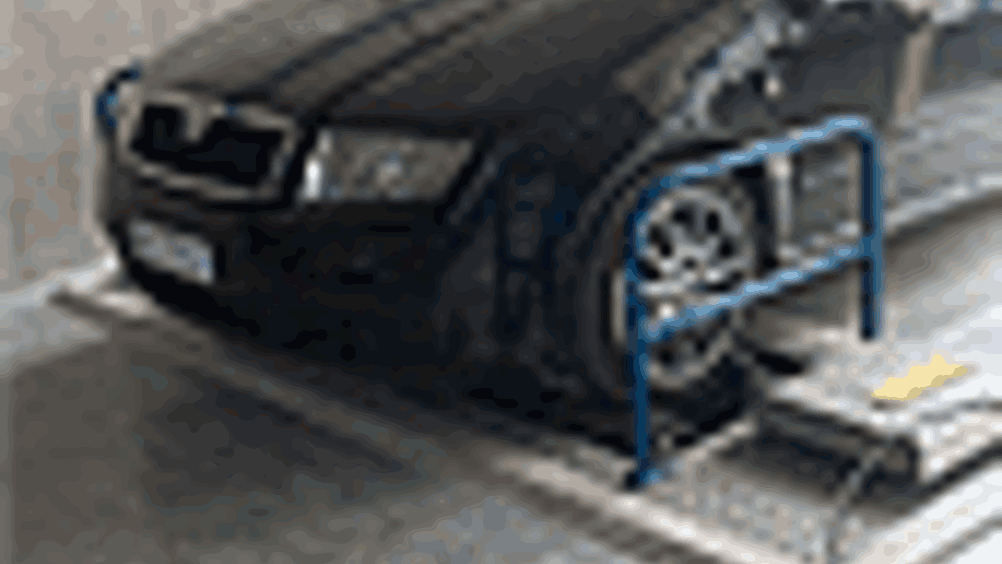More in
ISO for vibration and shock
The US National Institute of Standards and Technology, along with ISO partners, has developed an international standard for characterising mechanical vibration and shock.

has worked with industry, government, professional societies and others to help develop an international standard for characterising mechanical vibration and shock and its effect on systems and components.
The new standard establishes how systems from computer components to airframes and armoured vehicles respond to specific kinds of shocks.
The new standard published by the International Organisation for Standardisation (ISO) should be especially useful in environmental testing of products and components in high-technology industries such as computer and aerospace manufacturers.
The "shock response spectrum" (SRS) was developed originally as a method to describe the shock-like motions associated with earthquakes, explosions, impacts and other sources of mechanical shocks.
An SRS shows graphically the relative strength of a shock pulse across a range of frequencies. For a mechanical system, such as an airframe, it can indicate how the system responds to a well-defined shock pulse.
SRSs are used to describe the severity of mechanical shocks and the ability of mechanical or electronic systems to tolerate them. They are widely used to test airframes and aerospace instrumentation systems, military vehicles and instrumentation systems used in them, mechanical isolation provided by shipping containers, the durability of hard drives, and to characterise explosive shock events.
Register now to continue reading
Thanks for visiting The Engineer. You’ve now reached your monthly limit of news stories. Register for free to unlock unlimited access to all of our news coverage, as well as premium content including opinion, in-depth features and special reports.
Benefits of registering
-
In-depth insights and coverage of key emerging trends
-
Unrestricted access to special reports throughout the year
-
Daily technology news delivered straight to your inbox










Water Sector Talent Exodus Could Cripple The Sector
Maybe if things are essential for the running of a country and we want to pay a fair price we should be running these utilities on a not for profit...